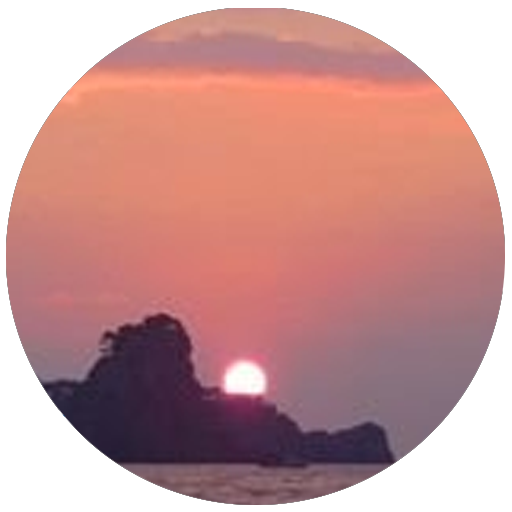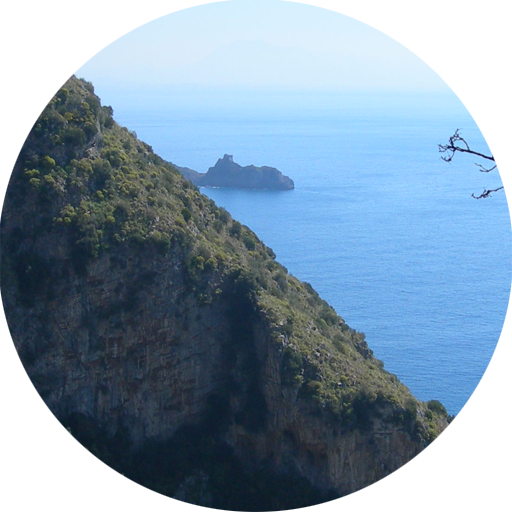 It is situated in the Southern part of Vallo di Diano
between Alburni Mountains on the west and Maddalena Mountains on
the east. The town is crossed by Tanagro River that divides it
in two parts.
It is situated in the Southern part of Vallo di Diano
between Alburni Mountains on the west and Maddalena Mountains on
the east. The town is crossed by Tanagro River that divides it
in two parts.
The town has a Middle Ages structure.
San Nicola dei Greci and San Nicola dei Latini churches are really
beautiful with their wonderful stone portals; the castle built
in XII century, Santa Maria di Costantinopoli and San Pietro churches
are very interesting, too.
Near the town there is a cave, 900 m deep: there are many fossil
remains and ceramics from Neolithic period until Bronze Age.
Artifestival, a cinema and music review, is very nice (in August).
HISTORY
Until XI century this territory was inhabited by shepherds, as
traces in the caves testify.
The first village was founded in IV century b.C. by Lucani. Then
Romans arrived.
During Byzantine domination in this area there were Greek communities
as the Greek rites of Santa Maria dei Greci and San Nicola dei
Greci and the use of rich costumes of women testify.
At the fall of Roman Empire there were Goth, Longobard and Saracen
invasions. The inhabitants of the area moved to the hill where
they founded Castrum Pollae.
During the centuries many families ruled Polla: Altavilla, De Polla,
Sanseverino, Fasanella, Villano, Capecelatro. In the town there
were five religious orders: Benedictines, Capuchins, Dominicans,
Franciscans and Clarisse.
During Bourbon reign the town was visited by Ferdinando IV who
came to Polla to see how the reclamation of the lands was working.
During Risorgimento, the town took part to the rebellions with
the institution of a secret association, Naosparta Febea, led by
Vincenzo Parisi.
FOLKLORE AND EVENTS
• Artifestival, a cinema and music review (August)
• Teatro Amore Mio, a theatre event (August)
• Lunight Jazz (August)
• Parco in fiore (July)
• Pizza festival (August)
• Moto raduno, a meeting for motorcycles (July)
MONUMENTS AND NATURAL BEAUTIES
 • San Nicola dei Greci Church with a stone portal
• San Nicola dei Greci Church with a stone portal
• San Nicola dei Latini Church with a stone portal
• Sant’Antonio Monastery, founded in 1541, with precious
works of art, such as frescos, crucifixes, and a carved wood chorus
• Santa Maria dei Greci Church
• SS. Trinità Church
• Santa Maria della Scala Church
• Rosario Church
• San Pietro Church
• Capuchin Monastery
• Sant’Antuono Chapel
• Former Monastery of Clarisse, seat of the town hall
• Baronial palace, palazzo Palmieri
• Portals in the ancient part of the town
• The Roman bridge
• Gaio Uziano Rufo mausoleum, a monument ordered by the
wife of Rufo, Insteia Polla, priestess of Giulia Augusta. This
sepulchre was very important in the story of Polla, because it
was considered a temple dedicated to Apollo, this is why the town
was called Polla
• Lapis Pollae Epigraph, marble cippus with the inscription
of “via Popilia”
• Passo Grotta Inn
testi Stefania Maffeo



